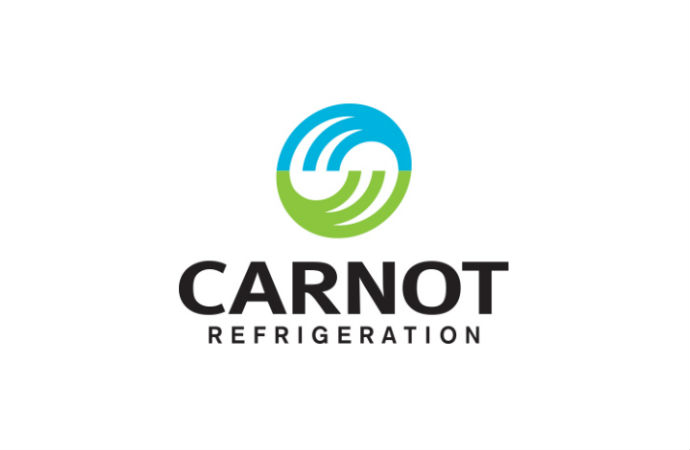The EU project 'Improving Cold Storage Equipment in Europe (ICE-E)' released an “Overall Audit Report” that audited the energy consumption of 13 cold storages in 4 countries, of which 6 sites use ammonia. For those ammonia cold storages, the report believes that making changes to the way in which the refrigeration plant operates would provide substantial energy savings.

In the “Overall Audit Report” delivered under the EU project 'Improving Cold Storage Equipment in Europe (ICE-E)', 13 different sites including 28 cold store facilities in 4 European countries were audited. These cold store facilities were examined in detail to determine the potential for energy savings. The report finds that the power saving potential related to the operation of these cold stores was between 0 and 72%.
Ways of energy saving in ammonia cold store facilities
Among the 13 sites, 6 sites adopting ammonia were involved and some energy saving recommendations are proposed for these ammonia plants. It is believed that making changes to the way in which the refrigeration plants operate would provide substantial energy savings.
Site 1: The site has one plant consisting of 7 frozen stores and 1 chilled store, all served by a common R717 based pump circulated over feed refrigeration system. The report regarded heat loads in the stores could be reduced. The reports also gave eight recommendations to reduce the energy consumption in the plant. If these recommendations were implemented, energy savings of at least 20% should be achievable.
Site 5:The site consists of 3 frozen stores served by a common R717 based pump circulated over feed refrigeration system. The report suggested that changing the way the chambers are being utilized will provide substantial savings and the reduction of the heat load infiltration through cold room doors is the most important factor in reducing energy consumption. The report suggested that reducing the heat load of opening the cold room doors can be achieved by three ways and energy savings of 40 000 kWh are theoretically possible in summer when the three cold rooms remain open.
Site 8:The site consists of 2 plants: 1 plant serving a chilled store and 1 plant serving 4 frozen stores. Both plants are R717 based pump circulated over feed refrigeration system. From the data collected the report suggested the plants could operate more efficiently by improve insulations of positive temperature stores (18% saving potential), installing doors protection in positive temperature stores (6% saving potential), and improving insulation of low temperature stores(7% saving potential).
Site 10: The site consists of 1 common R717 based pump circulated over feed refrigeration plant serving the two frozen stores, the unloading dock area and the loading dock area. The report believed that the energy saving potentials add up to 26% if modify the operation conditions and some of the installations of the ammonia refrigeration systems.
Site 11:The site consists of two chilled storage rooms served by a secondary glycol cooling system cooled by cooled by a R717 based refrigeration system having a self-circulating flooded plate heat exchanger. The saving potentials add up to 19% if the site could lower the condensing pressure, raise evaporating temperature when vacuum coolers are off, optimised the VSD drive on air cooler fans and etc.
Site 13:The site consists of 2 plants both R717 based pump circulated over feed refrigeration plant serving the 2 frozen storages and 1 frozen storage respectively. “Storage 1” and “Storage 2” served by “Plant room A” and “Storage 3” served by “Plant room B”. Energy saving potentials for “Plant room A” and “Plant room B” could add up to 24% and 31% respectively with the recommended changes in operation in the plants.
MORE INFORMATION
Related stories










_1522327086.png)


